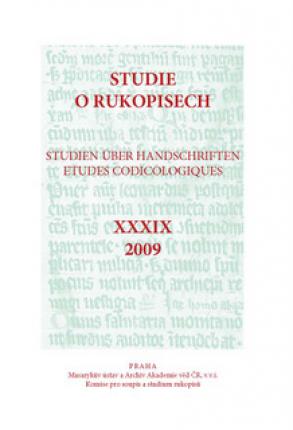K významu drolerií ve středověkých rukopisech
To the meaning of drôleries in medieval manuscripts
Author(s): Pavel BrodskýSubject(s): Visual Arts, Middle Ages
Published by: AV ČR - Akademie věd České republiky - Masarykův ústav
Keywords: drôleries; illuminated manuscripts; middle ages
Summary/Abstract: In the culminating and late middle ages funny scenes, the so called drôleries, appear in the bor-ders of illuminated manuscripts. Their problems are not explained completely; they seem to con-tain hidden spiritual meanings. Besides singing birds, which are symbols of the unearthly sphere, figures appear most often who were taken as negative in middle-ages – owls, apes, beasts of prey, dragons, and clowns. The figures of antique mythology were perceived as negative too; the cults connected with them were perceived as demoniacism by the Christian society. Drôleries are usually placed in borders which are decorated with an acanth. The acanth in time became a symbol of victory over death. It can be also interpreted as Christ´s crown of thorns. In this way the spirit of medieval symbolism indicated that negative forces are driven to the margin and defeated by Christ´s victim.
Journal: Studie o rukopisech
- Issue Year: 2009
- Issue No: 39
- Page Range: 279-286
- Page Count: 8
- Language: Czech

